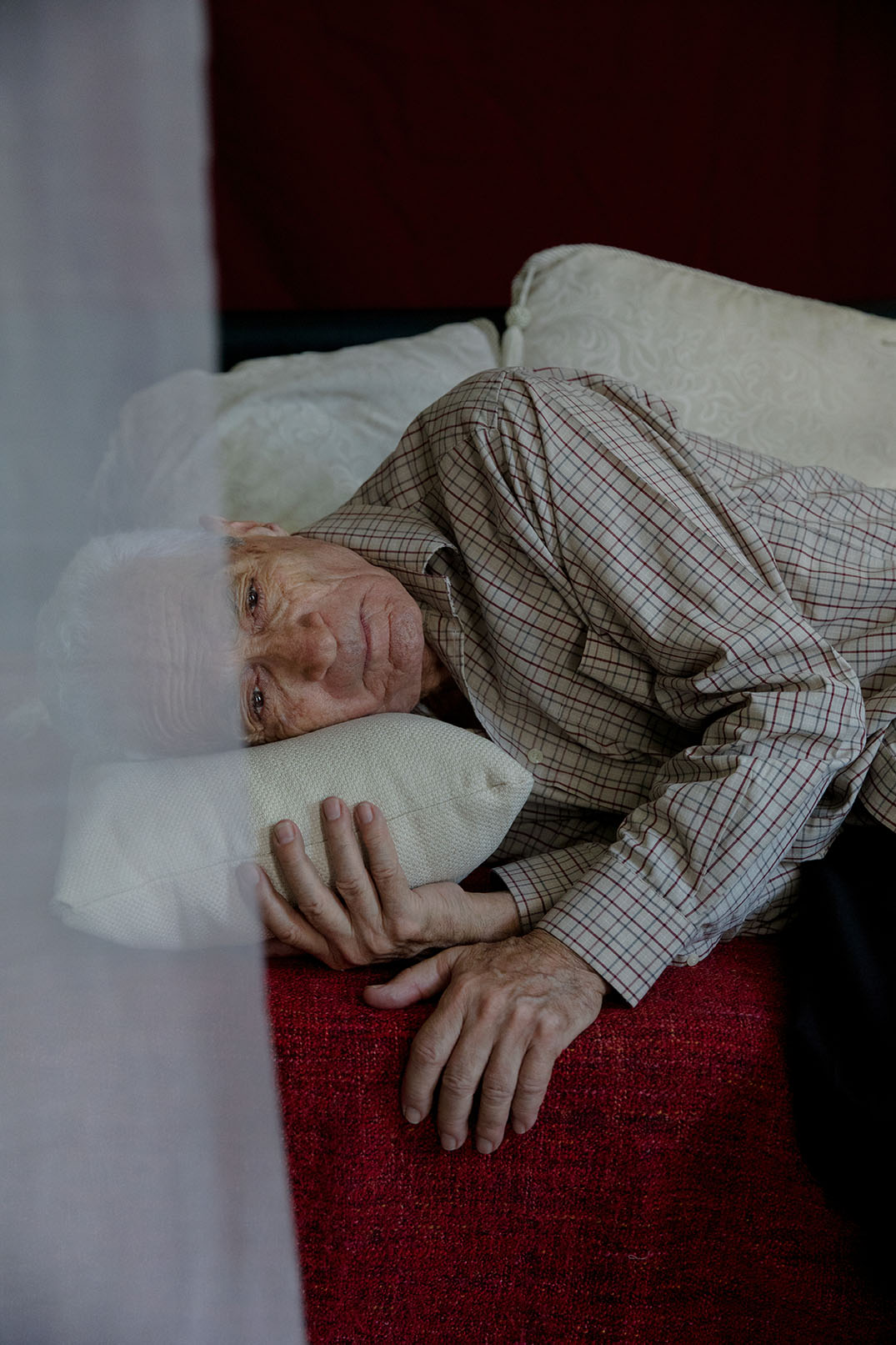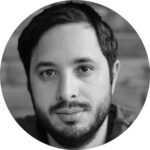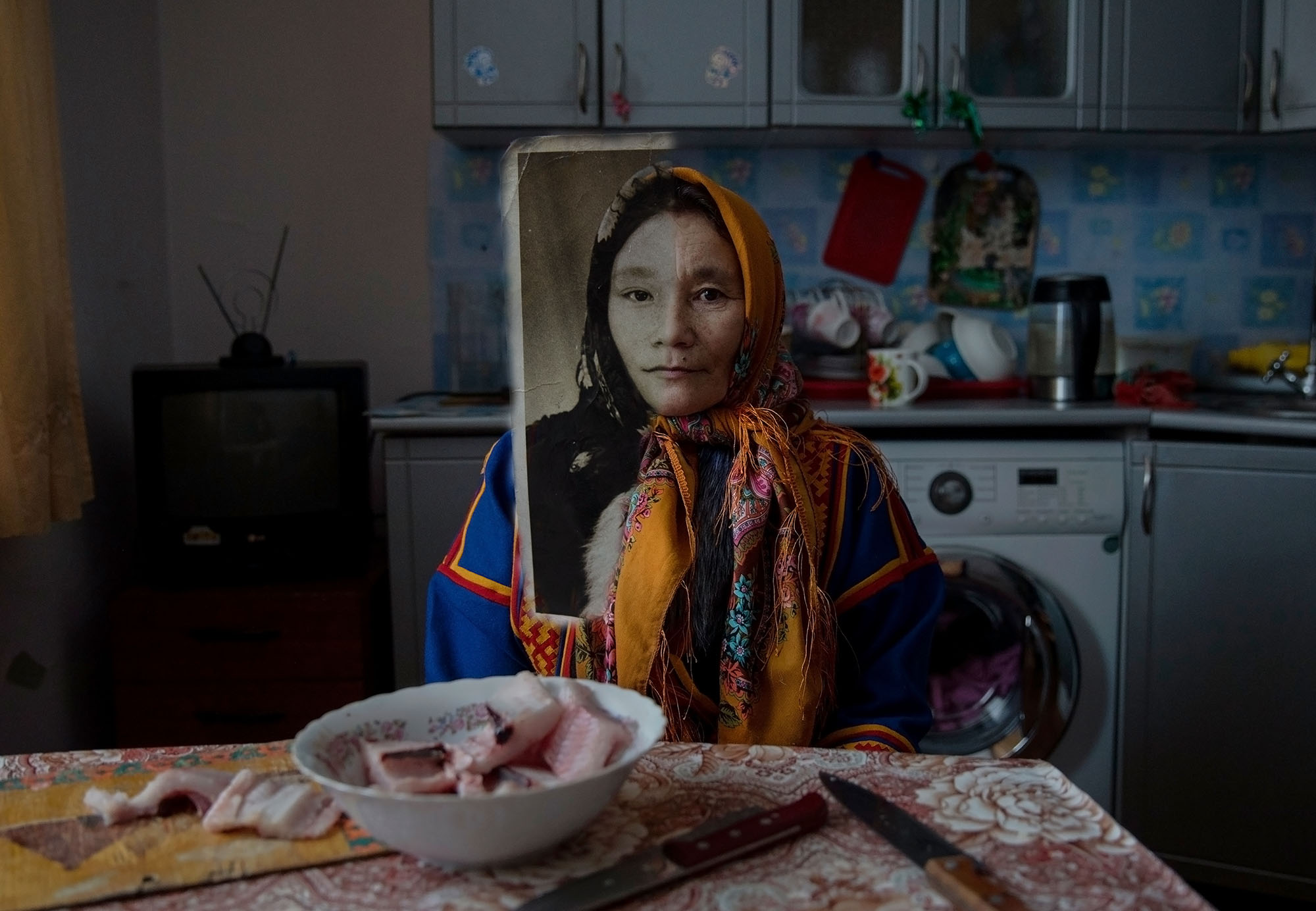
A photographic digital collage of Vera Vanuito, a member of the Nenets indigenous community, sitting for a portrait at her kitchen, blended with a portrait of her as a young girl, taken a few decades ago, at the time she was migrating with her family across the Siberian tundra. Color picture: Vera Vanuito sitting for a portrait in her kitchen. 23 March 2017. Yar-Sale, Yamalo-Nenets Autonomous Okrug, Russia. Black and White picture: A photographed detail from a photograph Vera presented to the photographer, showing her as a young girl and taken during her time as a nomadic herder. Yamalo-Nenets Autonomous Okrug, Russia. The date the portrait was taken and the photographer are unknown.
Oded Wagenstein, an award-winning photographer and lecturer, is a Sociology, Anthropology, and Film and Television graduate from Tel Aviv University. Oded uses the photographic medium to explore the relationship between aging and exclusion. His work has been published, among other platforms, by National Geographic, The Washington Post, BBC, The Guardian, VOGUE and has been displayed internationally, including exhibitions presented in the National Portrait Gallery (London, UK), the United Nations (NYC, USA), and the Red Square’s State Historical Museum of Russia (Moscow, Russia). He is also the author of three books on Visual Storytelling. For more than a decade, Oded has been teaching photography students around the globe. As a senior lecturer at the Galitz School of Photography, based in Tel Aviv, he teaches hundreds of students each year, both Jewish and Muslims, how to use their cameras as a bridge. Oded’s image of Mordechai Zilberman won second place in the portrait category of POY Asia 2021.
Quick links to POY Asia 2022 Judges: Nyimas Laula / Liang-Pin Tsao / Anush Babajanyan / Ikuru Kuwajima / Tanvi Mishra / Samuel He / Jean Chung / Sanjit Das / Maika Elan / Oded Wagenstein
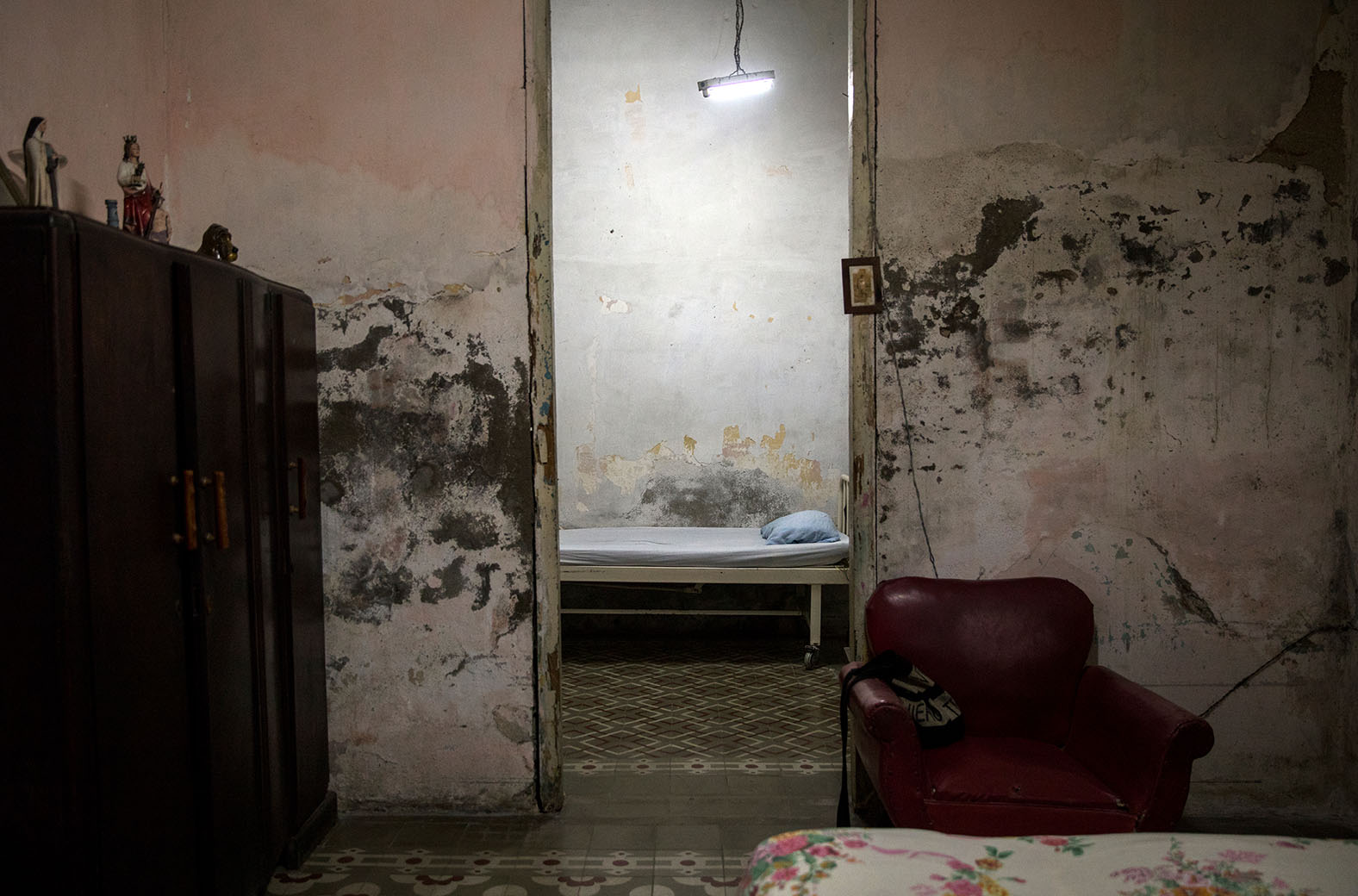
An empty bed of a deceased tenant. 1 December 2016. Cienfuegos, Cuba.
"For me, a good picture deals with a universal theme from a personal point of view. One that has a distinct visual style of the photographer, but at the same time, leaves enough room for viewers to be able to see themselves."
Oded Wagenstein

Havinyo Agiar’s image reflected through a broken mirror in his one-room apartment. 1 December 2017. Cienfuegos, Cuba.
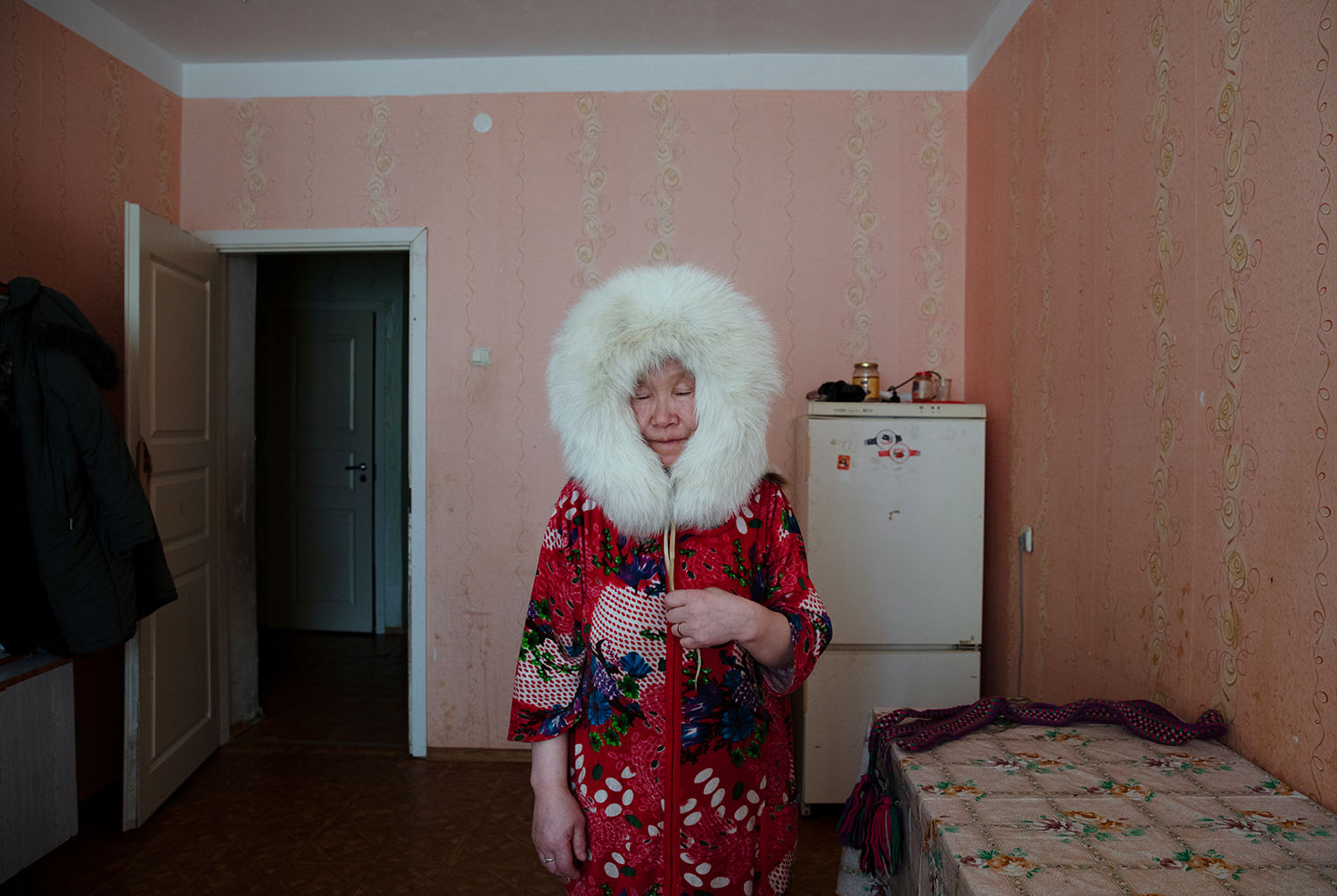
Pudani Audi stands for a portrait in an apartment given to her for residence by local authorities. 26 March 2017. Yar-Sale, Yamalo-Nenets Autonomous Okrug, Russia. Pudan, part of the Nenets indigenous community, was born in the tundra and roamed since birth. In this portrait, she wears a fur hat, a sole object left from her wandering days.
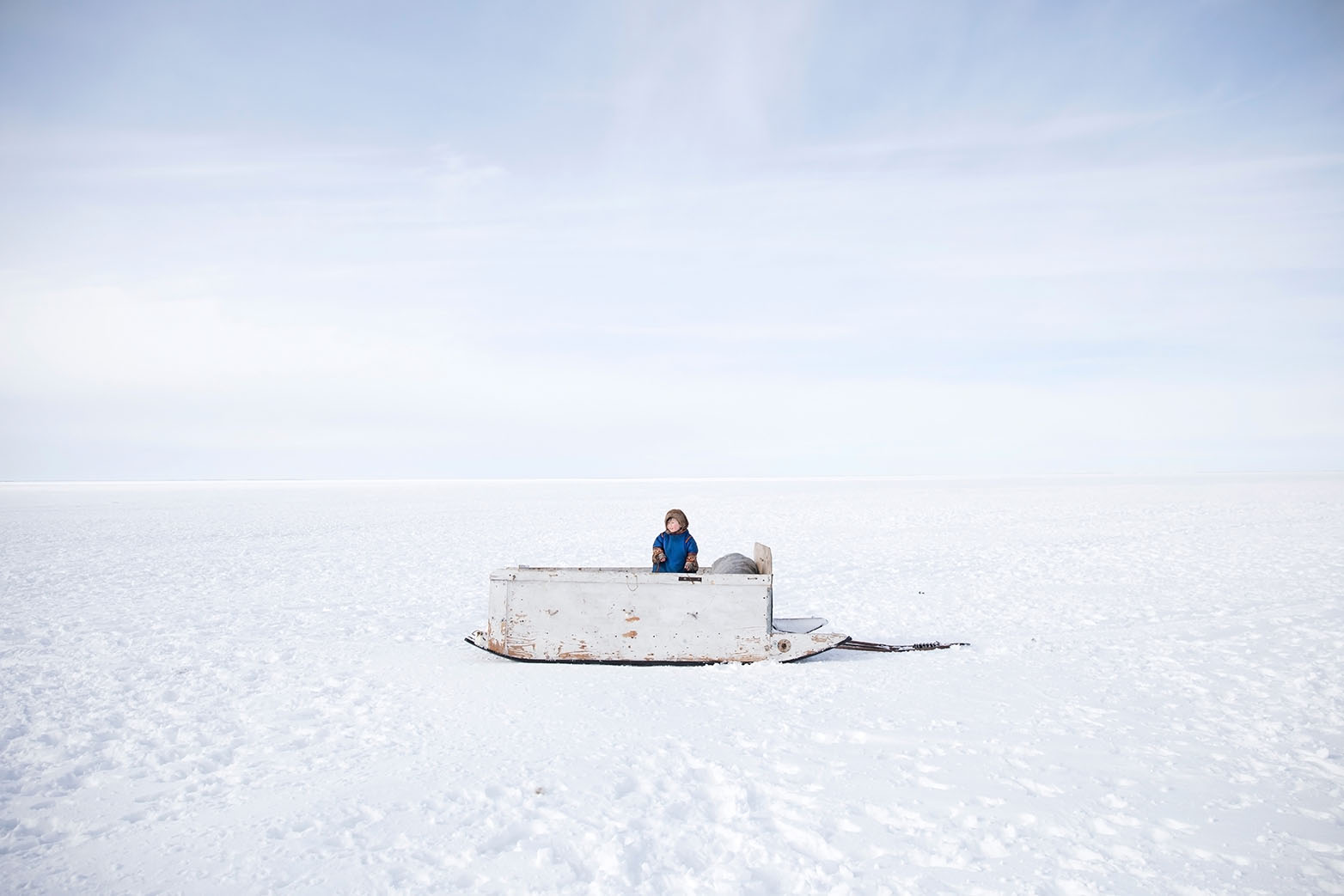
Nyadma Serotetto (3), part of the nomadic Nenets community, standing on his family’s wooden sleigh during their migration over the frozen river of Ob. 25 March 2017. Yamalo-Nenets Autonomous Okrug, Russia
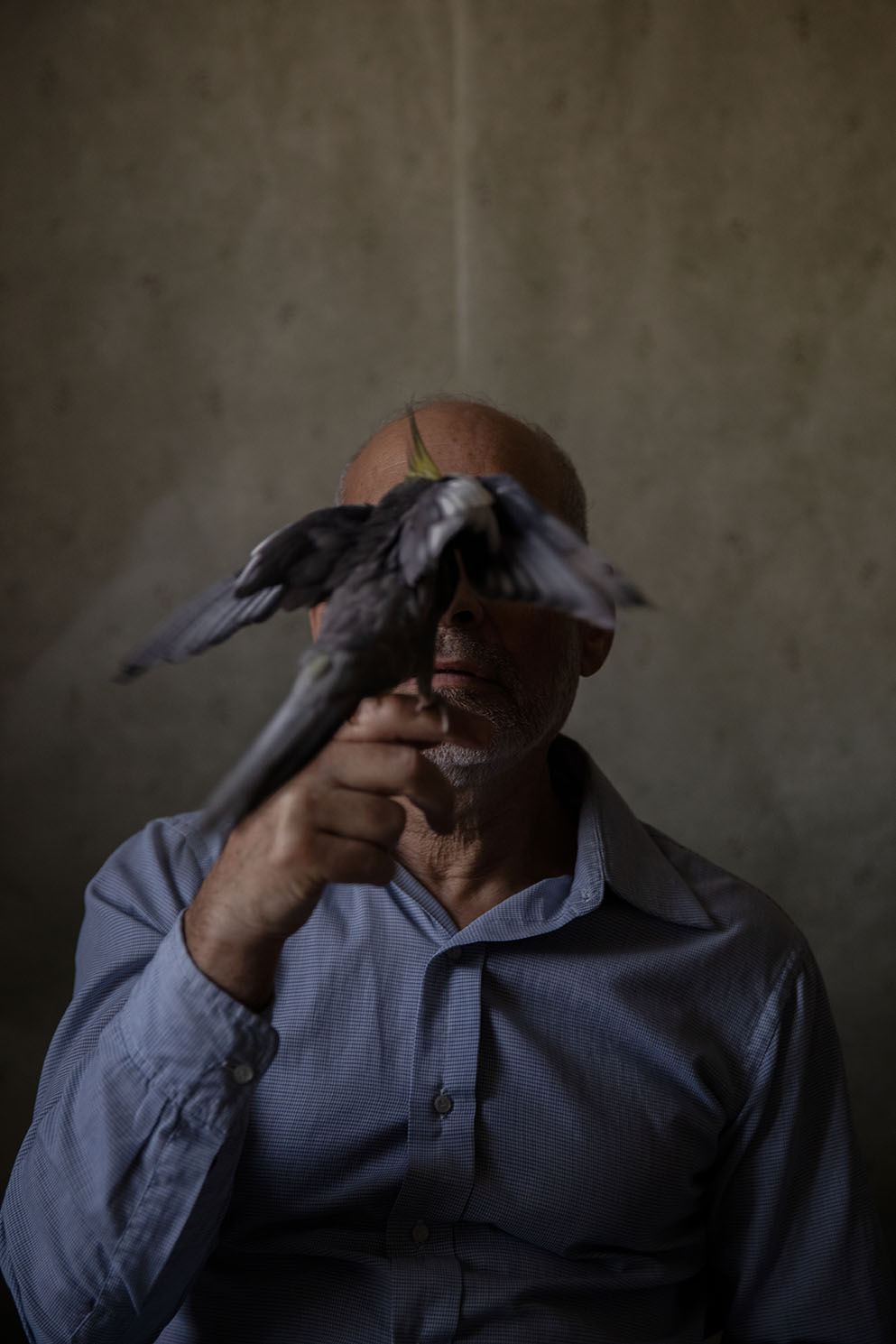
Michael (his name was changed) stands for a portrait, holding a parrot. 20 September 2019, Israel. Even in his eighth decade, Michael, who is married with children, is still closeted. Coming from a religious family and community, he shared his secret only with a very few. For LGBTQ+ individuals living in minority or religious communities, coming out of the closet can sometimes lead to extreme exclusion by their family and community and even violence, leading many to prefer life in the closet.
